If you’ve ever found white powder on your clay or terracotta pots, you’re not alone. This powdery substance is called efflorescence, and it’s a common problem with porous materials like clay. While efflorescence is not harmful to your plants, it can be unsightly. Here’s what you need to know about efflorescence and how to get rid of it.
What Is The White Stuff on Outside of Clay Pots?
This is a common issue with clay pots, and it’s usually nothing to worry about. If you’ve ever noticed a white powdery substance on the outside of your clay pots, you’re not alone.
Over time, these minerals can start to accumulate on the surface of the pot. The white powder is most likely just a build-up of minerals from the water that’s been used to watering the plants in the pot.
If you don’t like the way the white powder looks, you can easily clean it off with a damp cloth. Just be sure to not scrub too hard, as you don’t want to damage the surface of the pot.
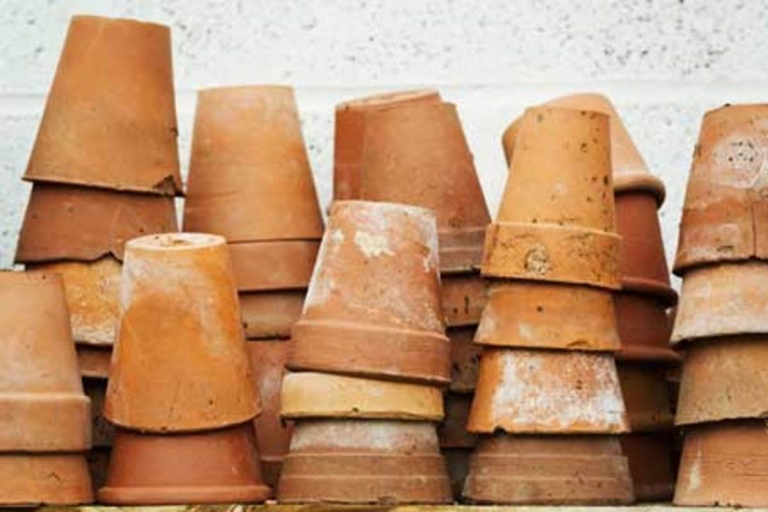
If the white powder keeps coming back, you can try using distilled water for watering your plants. This can help to prevent the build-up of minerals on the pot.
So, if you see a white powder on your clay pot, don’t panic! It’s most likely just a harmless build-up of minerals.
How White Powder In Terracotta Pots Affects Succulents
This is a common issue that can affect succulents. If you notice white powder on your clay or terracotta pots, don’t panic! While it may not look great, it’s not harmful to your plants. The white powder is most likely due to mineral deposits from watering.
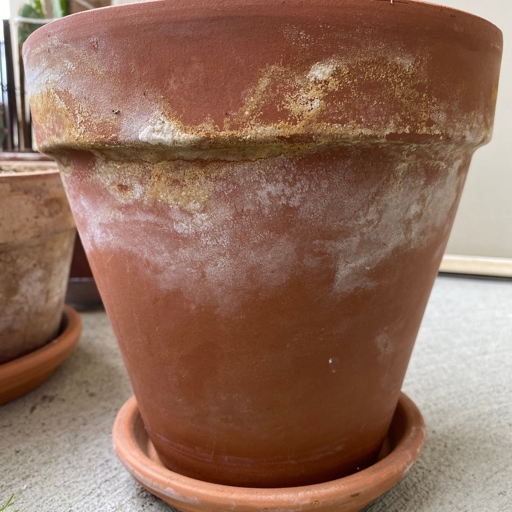
Once the pot is clean, rinse it well and allow it to dry completely before replanting. You can also scrub it off with a soft brush. If the deposits are stubborn, you can soak the pot in vinegar for a few hours. To remove the white powder, simply wipe it away with a damp cloth.
How to Avoid White Dust on Terracotta or Clay Pots
Here are some tips on how to avoid white dust on your terracotta or clay pots: If you have terracotta or clay pots, you may have noticed a white powdery substance on them. While it is not harmful to plants, it can be unsightly. This is called efflorescence and is caused by water seeping through the pores of the pot and dissolving minerals.
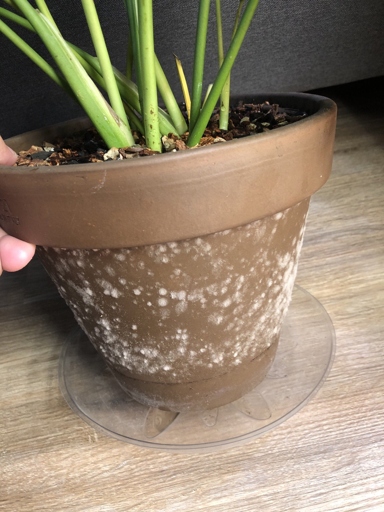
-Make sure the pots are properly sealed before use. This will help to prevent water from seeping in and causing efflorescence.
This will help to prevent the build-up of minerals on your pots. -If you live in an area with hard water, consider using distilled water for your plants.
-If you do notice efflorescence, you can remove it by scrubbing the pot with a soft brush and water.
White mold
The powder is actually a type of mold, and it can be harmful to your plants. If you’ve ever seen white powder on your clay or terracotta pots, you may have wondered what it is.
If you see white powder on your pots, it’s important to remove it as soon as possible. The mold can cause your plants to become sick, and it can also spread to other parts of your garden.
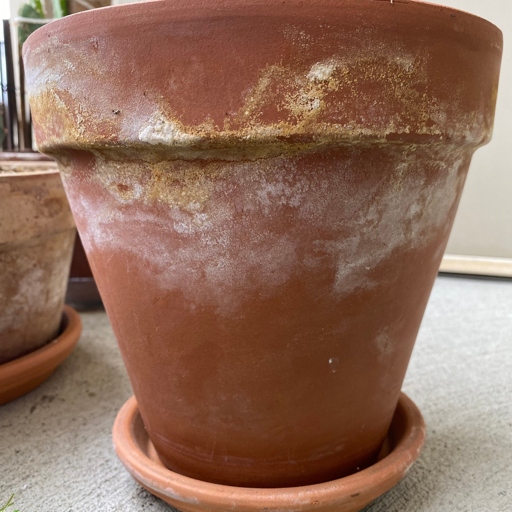
Once the mold is gone, be sure to dry the pot thoroughly before replanting. You may also want to disinfect the pot with a solution of bleach and water. To remove the mold, simply scrub the affected area with a brush and soapy water.
How White Mold In Clay or Terracotta Pots Affects Succulents
If you see white powder on your clay or terracotta pots, it’s likely white mold. If you see white mold on your pots, remove the affected plants and potting mix, and clean the pots with a bleach solution. While it’s not harmful to humans, it can be harmful to your succulents. The mold feeds on the organic matter in the potting mix, which can cause the succulents to wilt and die.
How To Keep Terracotta Or Clay Pots Free Of White Mold
This is most likely just a harmless case of powdery mildew, and there are a few easy steps you can take to get rid of it. If you notice white powder on your clay or terracotta pots, don’t panic!
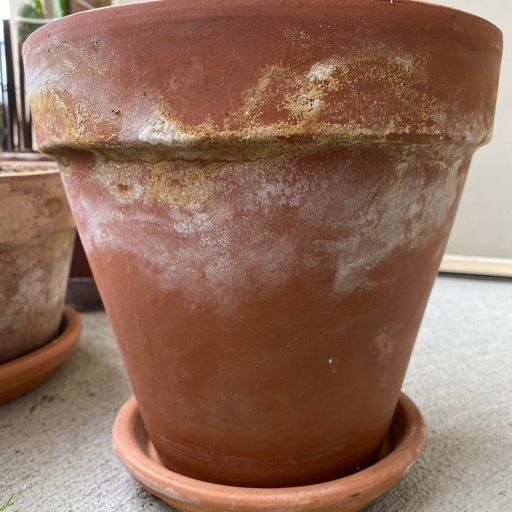
Just be sure to rinse the pots thoroughly afterwards to avoid any damage. First, try scrubbing the affected areas with a stiff brush and soapy water. If that doesn’t do the trick, you can try using a diluted solution of bleach or white vinegar.
And finally, make sure to keep an eye out for any new growth, as powdery mildew can spread quickly. If the powdery mildew persists, you may need to repot your plants in fresh soil. With a little bit of care, you can keep your clay pots looking like new for years to come!
How to Remove White Mold from the Potting Soil Surface
Otherwise, the mold will continue to grow and spread, potentially causing harm to your plants. If you notice white mold on the surface of your potting soil, it’s important to take action to remove it.
Just follow these steps: Fortunately, removing white mold from potting soil is relatively simple.
First, remove any plants or other objects from the affected area. 1.
This will help to loosen the mold and make it easier to remove. Next, use a garden hose to spray down the moldy soil. 2.
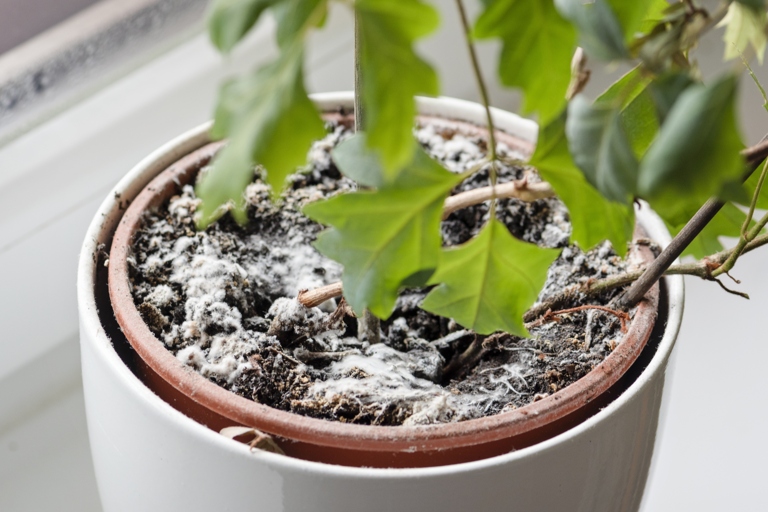
3. Finally, use a shovel or other tool to scoop up the moldy soil and dispose of it in the trash.
This may include improving drainage in the affected area or using a fungicide. Once you’ve removed the mold, be sure to take steps to prevent it from returning in the future.
What Is The Best Way To Clean Clay Pots?
Clay pots are a beautiful and natural way to bring some life to your home, but they can be a pain to keep clean. Here are a few tips to help you keep your clay pots looking their best.
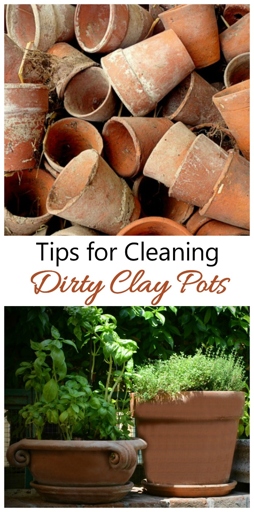
This will loosen up any dirt or grime that may be on the surface of the pot. One of the best ways to clean clay pots is to simply soak them in warm water for a few minutes. Once the pot is soaked, you can scrub it with a soft brush to remove any remaining dirt.
Be sure to rinse the pot thoroughly to remove any soap residue. If your pot is particularly dirty, you may need to use a mild detergent.
This will create a barrier that will make it easier to clean the pot next time. Once your pot is clean, you can protect it from future dirt and grime by applying a thin layer of beeswax.
Frequently Asked Questions
1. What is the white powder on my clay or terracotta pots?
2. How do I remove the white powder from my pots?
3. What is the best way to clean my clay or terracotta pots?
4. How can I prevent the white powder from coming back?
5. What should I do if my pots start to crack?
1. The white powder on your clay or terracotta pots is most likely efflorescence. Efflorescence is a white powder that can form on the surface of clay or terracotta pots when water seeps through the pores of the pot and dissolves minerals in the clay.
2. To remove efflorescence from your pots, simply scrub the surface of the pot with a stiff brush and water. If the efflorescence is stubborn, you can try using a vinegar solution. Mix 1 part vinegar with 3 parts water and scrub the surface of the pot with this solution.
3. The best way to clean your clay or terracotta pots is to scrub them with a stiff brush and water. You can also use a vinegar solution (1 part vinegar, 3 parts water) to help remove stubborn dirt and grime.
4. To prevent efflorescence from forming on your pots, make sure to seal them with a waterproof sealant. You can also try to avoid watering your plants too often. Let the soil dry out between watering to help prevent water from seeping into the pores of the pot.
5. If your pots start to crack, it is probably due to the clay or terracotta becoming dried out. Try soaking the pot in water for a few hours to rehydrate the clay. If the pot is too far gone, you may need to replace it.
Final thoughts
If you have white powder on your clay or terracotta pots, don’t worry – it’s not a sign of a bigger problem. Most likely, the powder is just salt from the water that’s evaporated on the surface of the pot. To get rid of it, simply wipe it away with a damp cloth.
